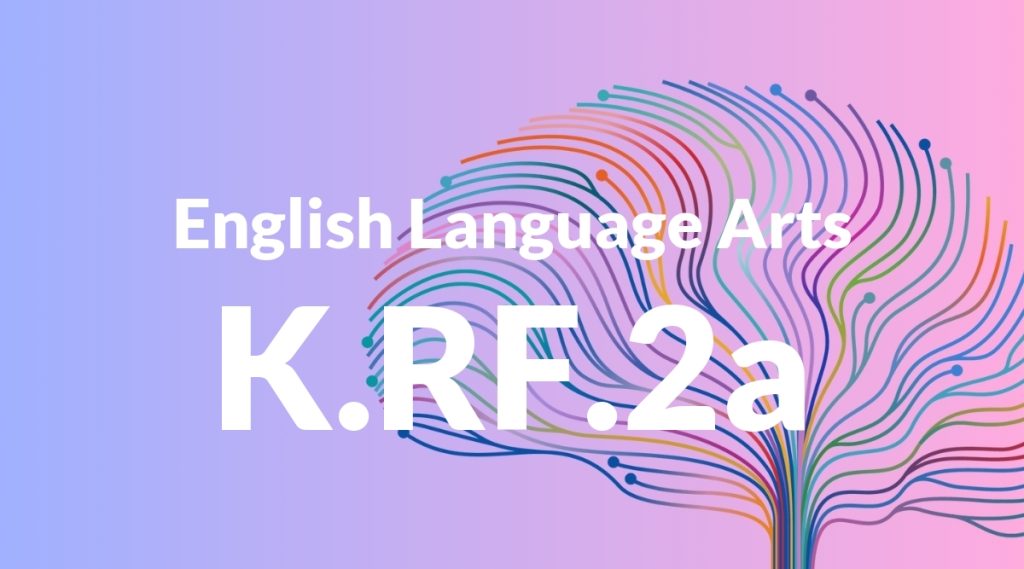Standard: K.RF.2a – Recognize and produce rhyming words.
Grade level: Kindergarten
Subject: English Language Arts
Domain: Reading: Foundational Skills
Teacher Overview
This standard focuses on helping kindergarten students recognize and produce rhyming words, an essential skill in developing phonological awareness. Phonological awareness is a critical component of reading readiness, and mastering this skill will support students in their future reading and writing endeavors. Students should be familiar with the basic sounds that letters make and be able to recognize simple words.
After mastering this standard, students will be able to identify and manipulate phonemes, aiding in their decoding and spelling abilities.
Common Misconception 1
Students may believe that words with the same beginning sound rhyme. This misconception arises because young learners often focus on the initial sound of words.
Intervention 1
Use visual aids and repetition to highlight the ending sounds of words. Engage students in activities where they sort words by their ending sounds.
Common Misconception 2
Students may think that words that share a common letter rhyme, regardless of their sounds. This misconception can be addressed by emphasizing that rhyming is based on sound, not spelling.
Intervention 2
Provide examples and non-examples of rhyming words. Use auditory activities where students listen to pairs of words and determine if they rhyme based on sound.
Prerequisite Knowledge
Students should have a basic understanding of the sounds that letters make and be able to recognize simple words.
Subsequent Knowledge
Students will develop the ability to identify and manipulate phonemes, which will help them with decoding and spelling words.
Instructional Activities
- Read nursery rhymes and identify rhyming words.
- Play rhyming games where students match words that rhyme.
- Create simple poems using rhyming words.
- Sing songs that incorporate rhyming words.
- Use picture cards to match rhyming words.




